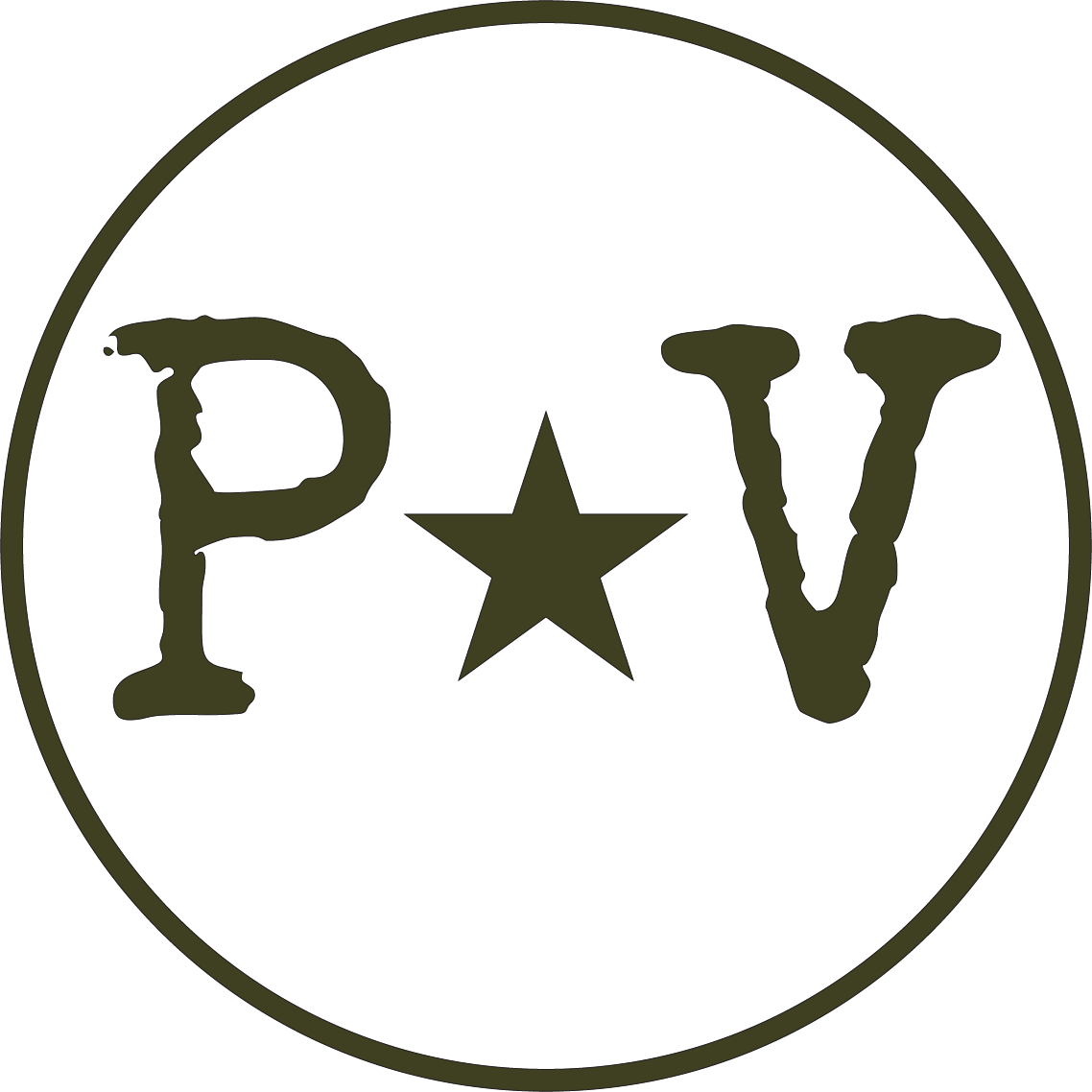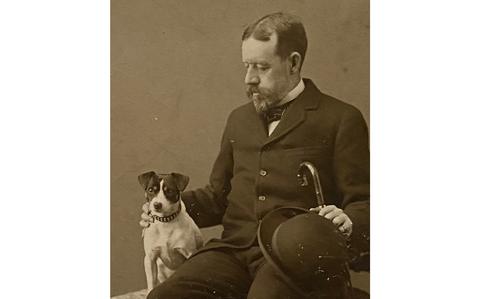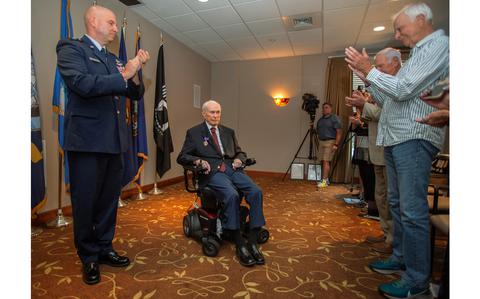Your military service sets you apart from the rest. This can be a tremendous asset. Bottom line up front, you have a set of useful skills and experience others don’t. Yet, civilian recruiters and hiring managers won’t understand this unless your resume convinces them otherwise. There are three resume formats, as well as combinations between them, and you want to choose the one that will get you the interview. Let’s look at each option, starting with some basics they share to tailor a resume for military veterans.
The Basics of a Resume for Veterans
Resume’s are marketing tools that land job interviews. It’s a snapshot of you as a unique candidate, and your military service is a compelling factor. Before you choose a format, you want to get clear on your job search strategy. Your particular situation will help determine how to organize your resume.
Target Your Job Search
Before writing your resume, you want a clear idea of the positions you are pursuing. Are you continuing in the same field or changing to a new career? What skills directly transfer into the new position? Your answer helps determine the right resume format to use.
Also, keep in mind that the top half of your resume is prime real estate. You have about 10 seconds to wow the recruiter, so make every word count. To get an interview, tailor it to each position. The days of sending the same generic resume to a slew of job openings are over.
Know Your Transferable Skills
Before you can interest recruiters, get clear on your transferable skills and strengths. These include the military accomplishments that make you an asset in a civilian role. If you are staying within the same field, your biggest challenge is how to convey your experience in civilian language. Check out the Career OneStop Veteran Job Matcher to assist with translating your military career field to civilian career.
If you are switching careers, you also must translate from one domain to another. The excellent news is many job seekers have successfully changed careers, and there are resume formats for these scenarios. You will have to put in a little extra work to highlight transferable and soft skills you have, but its well worth it if your looking to change fields.
- Make a list of your transferable job skills. Consider asking people who know you well for their input. Include your job role and any related experience, such as volunteering.
- Include the personal and professional attributes you developed or strengthened in the military. Examples are leadership, strategic planning, environmental awareness, and attention to detail. You honed skills such as these, and they are marketable.
- List your relevant natural strengths, which you may take for granted. Are you tenacious, good with people, a fast learner, or quick on your feet? These attributes help you stand out.
Speak the Language of Hiring Managers
Resume’s should answer questions hiring managers may have when scanning a resume. How does this experience translate to the job? Is the applicant prepared for this role? What does this candidate bring to the table?
Make your resume easy for busy hiring managers to skim:
- Replace military jargon and acronyms with everyday language.
- Clarify your military job title or even convert it to the civilian equivalent if not obvious to a layperson. For example, if you were a Nodal Network Systems Operator-Maintainer, you could equate that to a Network Engineer or Network Administrator.
- If you are switching skill domains, consider using a resume objective. This statement comprises one or two sentences capturing what you offer and how it relates to the job. As the objective is the first content below your contact details, recruiters see it first. Leverage it to show how your military experience helps make you an excellent fit.
- If you have a security clearance, mention this near the top of your resume.
Functional Resume
Functional resumes emphasize your skills and experience over job history. A skills summary section showcases your accomplishments and grabs recruiter interest. Group skills by themes, such as information technology or culinary arts. You can follow this section with any additional relevant experience.
This format does not require an employment history section. But include it, as most recruiters and employers will take its absence as a red flag. You have your military service as a solid base, even if you have no other formal work experience. Most resumes don’t use the functional format, so only adopt it if it will give you the best advantage.
Consider it if:
- You are changing to a different field in which you have no formal experience.
- There are major gaps in your work history.
- You have a history of job-hopping. Yet, your time in military service should offset this.
Sections to include:
- Contact information
- Summary statement or objective
- Skills summary
- Education if directly relevant to target job
- Relevant additional experience
- Military and other work experience
- Education if not directly relevant to target job
Chronological Resume
Chronological resumes start with a work experience section that lists employers from most recent to oldest. It is the resume style recruiters and hiring managers see most often and is easy for automated resume readers to scan. This approach works well if your recent experience applies to your target jobs. It also emphasizes consistent employment history and career progression.
Consider it if:
- You have recent military experience with skills directly relevant to your target jobs.
- Your employment record has few or no gaps.
- You have a strong work history in the same field, including military service, and want to show professional progress.
Sections to include:
- Contact information
- Summary or objective
- Work experience from most recent to oldest
- Skills
- Education
- Optional sections
Combination Resume
Combination resumes are often the best choice for veterans. It balances skills and work experience. Providing flexibility when you have diverse accomplishments and military service. This approach also works well if you are changing fields, and want to focus on transferable skills. As a veteran, you can showcase your unique qualifications to the best advantage.
You can use this format to downplay significant employment gaps or job changes in favor of your skill set. Many veterans have a range of work and other experiences. This format lets your job history support the achievements in your skills summary.
Give this format prime consideration. Hiring managers are familiar with it, and the expanded skills summary helps sell them on what you bring to the table. Consider leading with your transferable skills for more impact. Managers care most about what you can do and where you’ve been.
Consider it if:
- You have diverse skills and experiences relevant to your target jobs.
- Your recent military role differs from your new field or needs more context.
- You are entering a creative or non-traditional field.
- You have work history gaps that aren’t easily explained in one line.
Sections to include:
- Contact information
- Summary or objective
- Skills summary
- Additional skills
- Work experience
- Education
- Optional sections
In conclusion, the transition between military and civilian jobs can seem daunting. But remember that almost half of the workforce have changed careers, and many people switch jobs every year. Everyone who changed roles or fields had to win over the other side. Your job is to tell employers how you can solve their problems, and the right resume format can help you do that.




